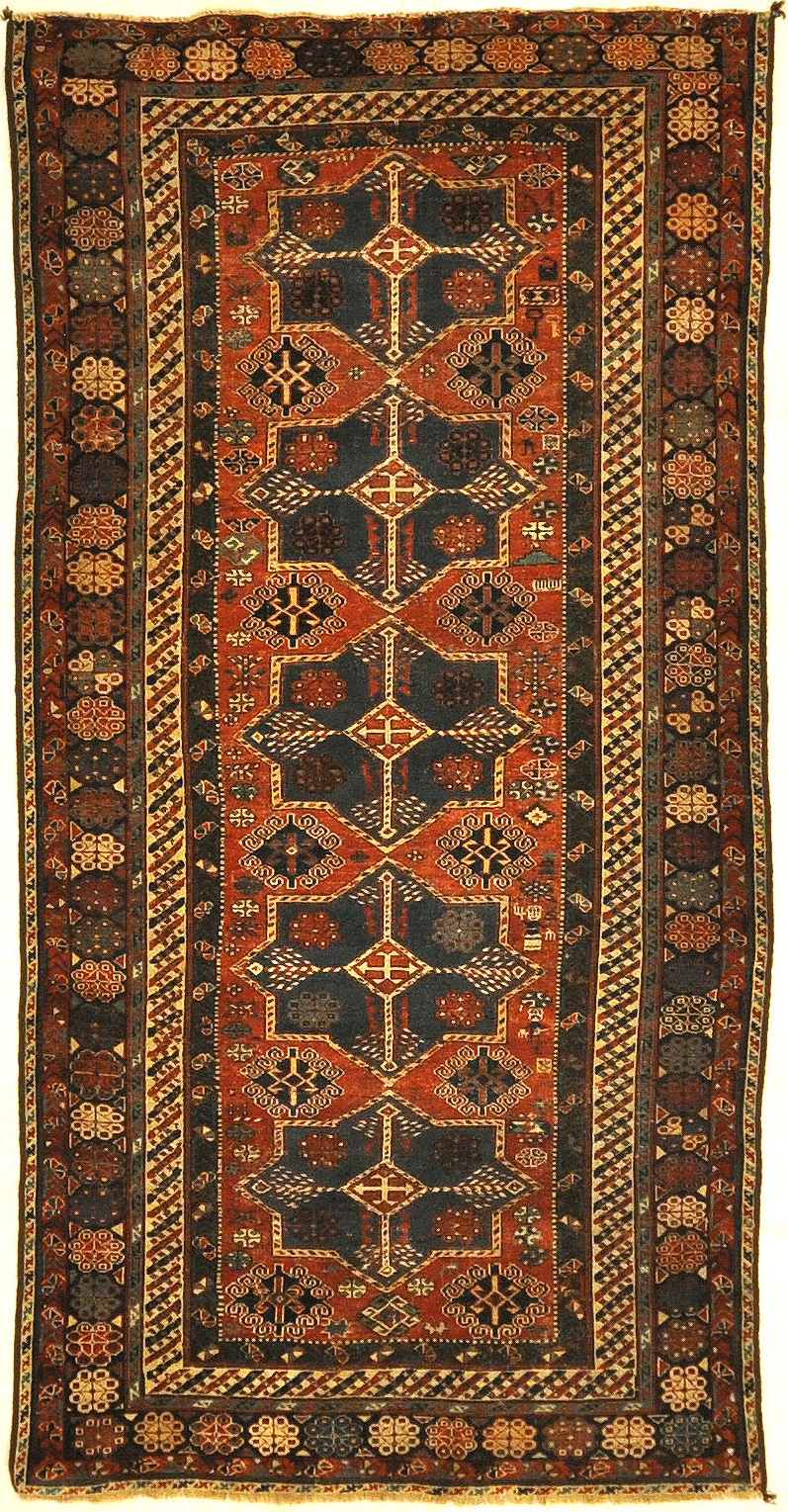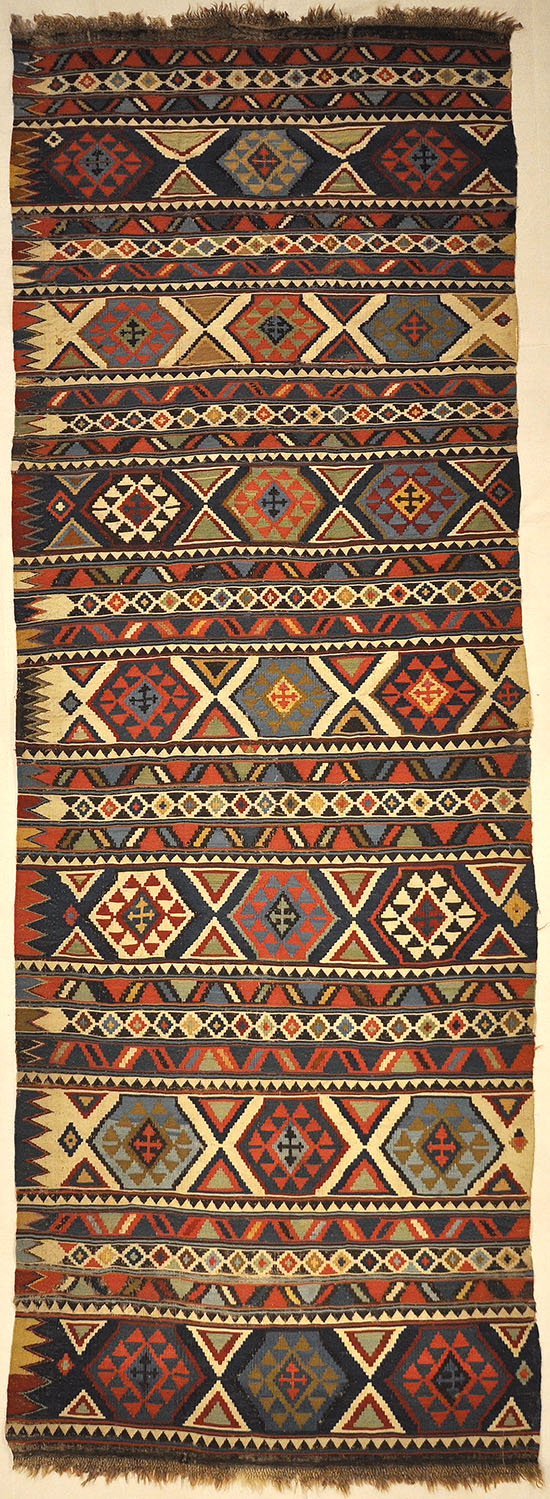ANTIQUITIES
Antiquities play a role in today’s modern world. These statues represent an Ara long ago but allow us to never forget an age of great African ruler.
BRONZE STATUES FROM AFRICA

The two statues represent the last King and Queen of the Benin kingdom. The Benin Kingdom was “one of the oldest and most highly developed states in the coastal hinterland of West Africa, dating perhaps to the eleventh century CE”, until it was annexed by the British Empire in 1897. They where known as Oba and Efe. For nearly 600 years Oba served as the ruler of the edo people.

The Bronze Head of Queen Idia is a commemorative bronze head from mediaeval Benin that probably represents Queen Idia, who was a powerful monarch during the early sixteenth century at the Benin court. Four cast bronze heads of the queen are known and are currently in the collections of the British Museum, the World Museum in Liverpool, the Nigerian National Museum in Lagos and the Ethnological Museum of Berlin.
MINIATURE PAINTINGS

The next treasures are from the Mughal Empire. Tradition of miniature paintings developed during the height of Mughal empire in the 16th & 17th century. These painting where painted using just a water colors on a thin paper and the brush was from a single horse hair. Only affordable by the most richest in the Mughal empire.
Mughal-style miniature paintings are still being created today by a small number of artists in Lahore concentrated mainly in the National College of Arts. Although many of these miniatures are skillful copies of the originals, some artists have produced contemporary works using classic methods with, at times, remarkable artistic effect.
Still passed on from generation to generation the skills needed to produce these modern versions of Mughal miniatures. Although many artisans also employ dozens of workers, often painting under trying working conditions, to produce works sold under the signature of their modern masters.
SHIRVAN RUGS



Lastly, we complete our antiquities journey by examining some amazing Shirvan rugs. Shirvan rugs – The historic Khanate or administrative district of Shirvan produced many highly decorative antique rugs that have a formality and stylistic complexity that is found in few rugs from the Caucasus. The depth of colors, the complexity of the composition and the patterns featured in antique Shirvan rugs set them apart from those produced in other regions of the Caucasus.
True Caucasian Shirvan rugs are work of art. Combining any number of variations using a limited color palette to its maximum effect. Shirvan is an area sitting just south of the Caucasus range of mountains. Between Gendje to the west and the Baku peninsula to the east. seen in the rugs that came from this region before the 1890’s is a rich local weaving tradition.
Among the most sophisticated carpets created in the Caucasus region. Shirvan area rugs and runners showcase the finely knotted handcraft used in their production. One of the most iconic things about a antique Caucasian Shirvan rugs is the elegantly simple design. Twin medallions spring forward from the deep indigo background, offering a striking graphic effect that’s both innovative and sophisticated. Every line in the rug plays a part in the effect. Each aspect of the design comes together in a natural harmony of balance and symmetry.
If you would like to see any of these artifacts, please come into Santa Barbara Design Center to show them to you.
410 Olive st
Santa Barbara, CA 93101
(805) 962-8555

